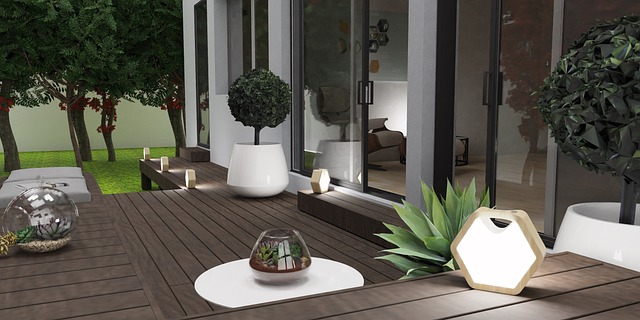Structural CAD renderings revolutionize precast and modular construction by enhancing design precision, visual communication, and cost estimation. These digital models streamline processes from concept to completion, ensuring aesthetic and structural integrity in diverse applications like temporary housing and commercial projects.
“Revolutionize construction efficiency with precast and modular structures. This article explores how structural CAD renderings power precise project visualization, from design to cost estimation. Discover the benefits of modular construction for swift project completion and enhanced accuracy. We delve into real-world applications, showcasing successful precast and modular projects. Maximize productivity and minimize waste with these innovative building methods, all thanks to advanced structural CAD renderings.”
Precast Construction: Efficient Use of Structural CAD Renderings
Precast construction techniques have revolutionized the industry with their efficient use of structural CAD renderings. These detailed digital drawings allow for precise manufacturing and assembly of precast concrete elements, ensuring a seamless fit on-site. By leveraging advanced 3D modeling software, architects and engineers can create intricate designs that optimize material usage and minimize waste.
Structural CAD renderings play a pivotal role in precast construction by enabling visual simulations and virtual walkthroughs before physical production begins. This process enhances communication among project stakeholders, reduces design flaws, and streamlines the overall construction timeline. With accurate measurements and realistic visualizations, teams can collaborate effectively, ensuring that the final structure meets both aesthetic and structural requirements.
Benefits of Modular Structures for Quick and Accurate Project Visualization
Modular structures offer a significant advantage in project visualization, especially for complex construction projects. Structural CAD renderings allow architects and engineers to create detailed 3D models, providing an accurate representation of the final build. This technology streamlines the design process as stakeholders can visually inspect every aspect of the structure before construction begins, ensuring everyone is aligned on the project’s specifics.
By utilizing modular designs, teams can quickly identify potential issues, optimize space utilization, and enhance overall efficiency. These renderings facilitate better communication among project members, from designers to contractors, leading to reduced miscommunication and errors. Accurate visualization aids in cost estimation, scheduling, and client presentations, making modular structures a preferred choice for efficient construction processes.
How Renderings Streamline Design, Planning, and Cost Estimation
Renderings play a pivotal role in revolutionizing the construction industry by offering a powerful tool for efficient design, planning, and cost estimation. Structural CAD renderings provide a visual representation of precast and modular structures, enabling stakeholders to grasp the final product before construction commences. This reduces the need for lengthy back-and-forth communication between architects, engineers, and clients, streamlining the design process.
With renderings, planners can easily identify potential issues and make informed adjustments early on, minimizing costly changes during construction. Moreover, these visual aids facilitate accurate cost estimation by allowing for precise measurements and material quantifications. By virtually bringing the project to life, structural CAD renderings foster better collaboration, enhance decision-making, and ultimately contribute to successful project delivery within budget and schedule constraints.
Real-World Applications: Success Stories of Precast and Modular Construction
In the realm of construction, precast and modular structures have emerged as game-changers, revolutionizing how projects are built. These innovative techniques have found success in various real-world applications, proving their efficiency and reliability. By utilizing structural CAD rendering to design and visualize these components, architects and engineers can create precise, detailed models that ensure seamless integration on site.
One notable example is the rapid deployment of modular buildings during crisis situations, such as natural disasters or sudden evacuations. Precast panels and modules can be manufactured off-site, ensuring a quick supply of ready-to-assemble structures. This method has been instrumental in providing temporary housing, medical facilities, and community centers swiftly, enhancing disaster response capabilities. Additionally, precast and modular construction has found its place in commercial projects, offering cost savings, faster completion times, and reduced on-site disruptions, making it a preferred choice for many developers and contractors.
Precast and modular construction techniques, combined with advanced structural CAD renderings, offer a powerful solution for efficient project visualization and delivery. By leveraging these technologies, architects, engineers, and builders can streamline design, planning, and cost estimation processes significantly. The real-world applications showcased in this article highlight the success of precast and modular structures, proving their ability to revolutionize construction projects by reducing time, minimizing errors, and optimizing costs. Structural CAD renderings play a pivotal role in this transformation, enabling stakeholders to make informed decisions with greater confidence.
